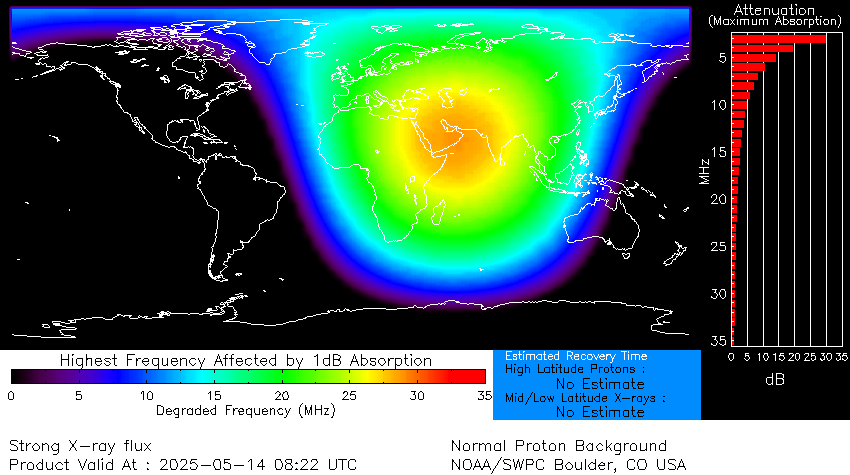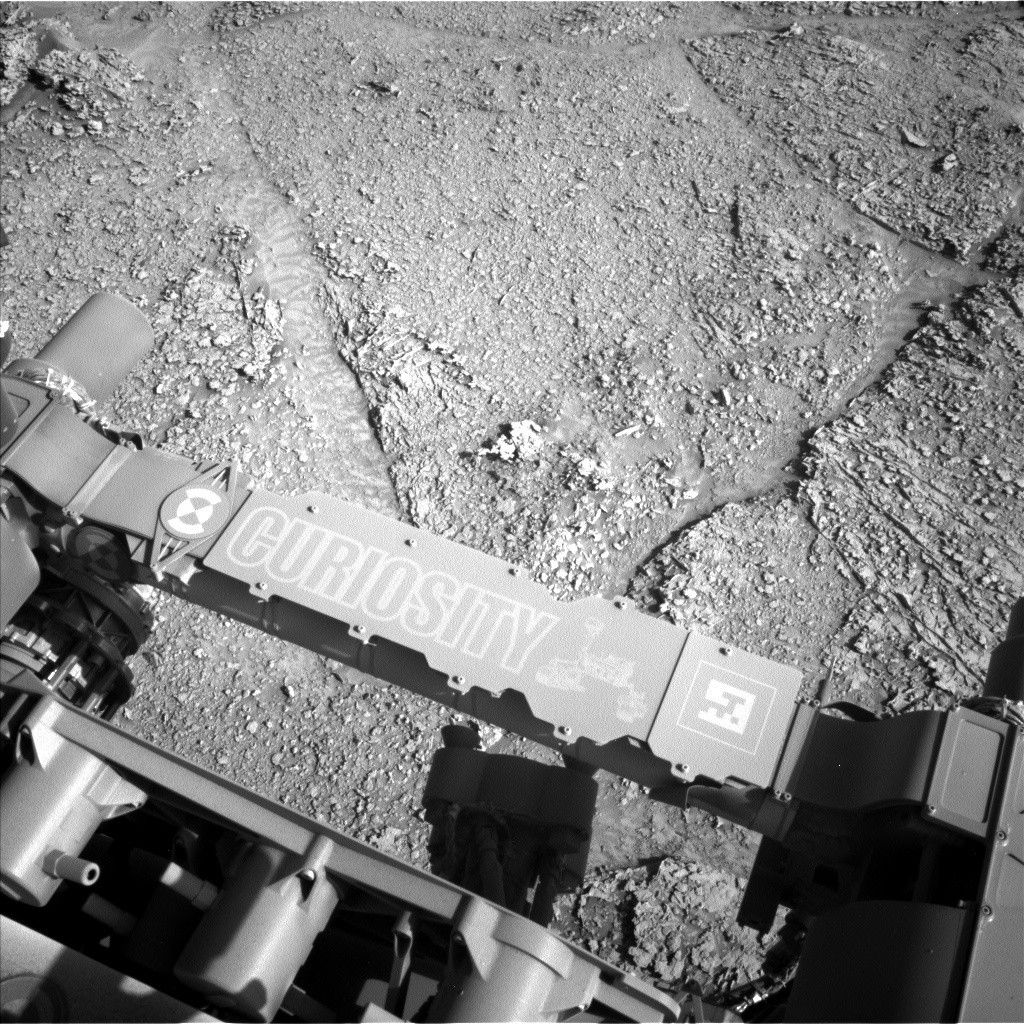NASA hopes to put people on Mars by 2040 as the agency discussed the Biden administration’s proposed $26 billion NASA budget Monday (March 28).
Moon and Mars exploration, space technology and Earth science are among the priorities of the Biden administration’s request, which is asking for $1.93 billion (or 8%) over the 2022 allocation NASA received.
“Our goal is to apply what we’ve learned living and operating on the moon and continue then out into the solar system. Our plan is for humans to walk on Mars by 2040,” agency administrator Bill Nelson said during his livestreamed State of NASA address Monday afternoon.
While the NASA budget is in part meant to advance the Artemis program to put people on the moon, however, the numbers and timeline for the program show a gap in human landings later in the 2020s.
Nelson was backdropped during his speech by Artemis 1, atop the launch pad at NASA’s Kennedy Space Center in Florida. The mission is scheduled to launch no earlier than May, pending the result of a “wet dress rehearsal” countdown. Following that, if NASA’s plans go forward, are an Artemis 2 round-the-moon crewed mission in 2024 and an Artemis 3 human landing mission in 2025.
NASA’s inspector general has said the first landing will be more likely in 2026, but even if the timeline goes to plan, the new budget documents show a three-year distance between moon landings.
A published “moon to Mars planning manifest” shows the next human landing will be Artemis 5 in 2028, three years after Artemis 3. Then crewed landings are planned for 2028, 2029 and 2030 upon Artemis 6, 7 and 8. It appears NASA wants to use a 2027 launch to help build out its Gateway lunar space station, but it has no listed launches in 2026 for either the moon or Gateway.
Related: NASA gearing up for Artemis 1 ‘wet dress rehearsal’

In human exploration, Artemis’ Human Landing System (HLS) received the lion’s share of a a $2.6 billion request (over $2 billion in 2022), in the program’s campaign development budget. HLS itself has a requested $1.5 billion. The program was delayed seven months by a legal challenge and complaints by Blue Origin following a single-source award to SpaceX.
Artemis’ common exploration systems development infrastructure (including the Space Launch System rocket and Orion spacecraft), however, has a $4.7 billion request, essentially flat from the $4.5 billion request of fiscal 2022.
Mars mentions in the budget were also thin, despite the agency having a goal of landing humans on that planet in just 12 years.

NASA’s Mars campaign development will take a dip to $161 million (over $195 million in 2022) for long-range systems including habitation and human support for an eventual Mars mission by humans.
The budget’s $822 million request for Mars sample return so far has few details about the landing missions expected to pick up samples from the Perseverance rover, currently working on the Red Planet to cache promising rocks and material.
Even the Trump-era Mars Ice Mapper orbital Red Planet mission is terminated, with the budget request noting the program is “still in pre-formulation with roles being discussed with international partners.” Proposed partners had included the Canadian Space Agency, the Japan Aerospace Exploration Agency and the Italian Space Agency.
As ice is a resource that NASA hopes to use on the moon for human missions, it is unclear how the agency plans to fill the gap from the Mars Ice Mapper mission that would find the resource on the Red Planet.

From NASA’s 2023 presentation, it appears that planetary science programs and astrophysics in general have essentially flat budgets, with at least four major programs (including the Mars Ice mapper) slated for delays or cancellation. This is despite Nelson saying during his address that the agency had the “largest request for science in NASA history.”
NASA’s Stratospheric Observatory For Infrared Astronomy (SOFIA) is recommended for cancelation, with the agency saying the “orderly shutdown” consistent with recommendations from the 2020 decadal survey of astrophysics that represents a consensus view of the community’s direction for the coming 10 years. (SOFIA has faced periodic cancelations at least as far back as 2007, but has been reinserted later in the budget process every time.)

The agency’s Near-Earth Object (NEO) Surveyor mission has also been delayed two years, to no earlier than 2028, “due to budget pressure caused by various missions that are costing more than expected, due to COVID and other causes,” NASA stated.
Also, a wide-field Hubble-class telescope, the Nancy Grace Roman space telescope, has been delayed now to 2027 (from 2026.) The mission is expected to serve as a wayfinder for the high-resolution eyes of the James Webb Space Telescope, as Roman has a much wider field of view than Webb.

The White House’s Office of Management and Budget (OMB) is asking for $25.973 billion overall. The agency received $24.041 billion for 2022 in an omnibus spending bill approved earlier this month.
Other priorities include space technology, which received an increase to $1.4 billion (over $1.44 billion in 2022), while climate change got a slight boost to $2.4 billion (over $2.3 billion).
Aeronautics, however, received a hefty requested increase, to $971.5 million (over $914 million requested and $800 million allocated in 2022.)
“This includes $500 million to reduce aviation’s climate impact through efforts including a Sustainable Flight National Partnership to develop a next-generation passenger aircraft,” NASA said in a statement released to media during Nelson’s address.

The ISS budget remains almost even at roughly $1.307 million (a little less than $1.327 million in 2022), with support for space transportation systems like SpaceX’s Crew Dragon also remaining nearly the same year-over-year.
“We’ve extended the commitment to the international space station operations through 2030,” Nelson said in his address. NASA, however, is the only agency so far to sign on to an extension from 2024. An extension among the partners may be tricky given Russia is a major backer of the project.
ISS relations with Russia remain normal, NASA has emphasized. But the country has been ousted from numerous other high-profile international space programs in recent weeks due to its invasion of Ukraine on Feb. 24.
NASA’s desire to start developing next-generation space stations to replace the aging ISS shows in the budget; the amounts are small, although the relevant proportion has doubled. Fiscal 2023 has a $224 million allocation for future space stations, more than double the $102 million request for 2022.
More details will be forthcoming later today during a 4:30 p.m. EDT (2130 GMT) NASA budget phone call for media.
Follow Elizabeth Howell on Twitter @howellspace. Follow us on Twitter @Spacedotcom or on Facebook.


